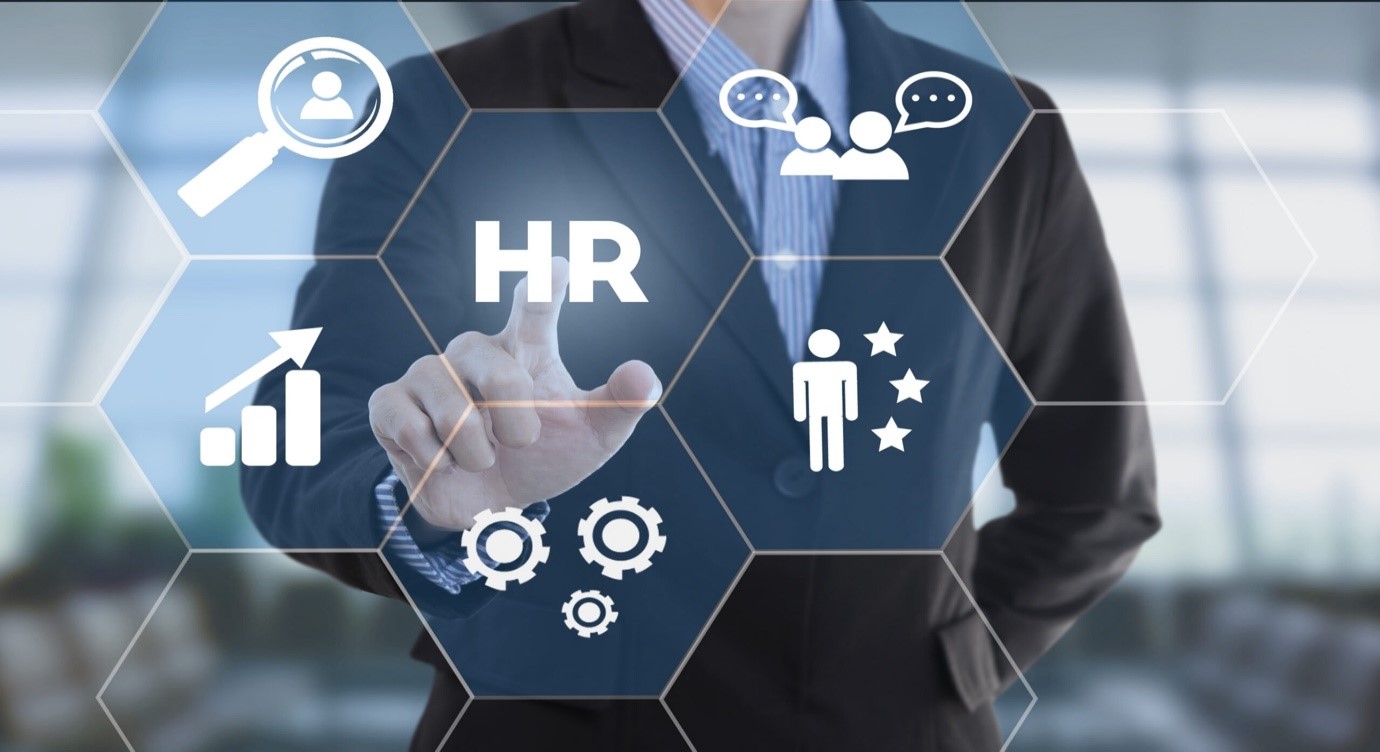

From Paper to Pixels: The Early Days of HR Software
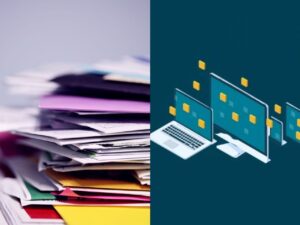
In the past, HR departments often had to deal with onerous administrative tasks like keeping records, tracking attendance, and processing pay checks. Not only did this cause valuable time to be wasted, but it also made HR less strategic. Traditional HR systems had specific limitations. The transition from paper records to digital HR practises started with the implementation of computerised systems. Payroll processing, attendance monitoring, and personnel record management were originally part of the HRM software integration. HR workers could devote more time to strategic work with the help of these early tools, which automated paperwork and administrative duties.
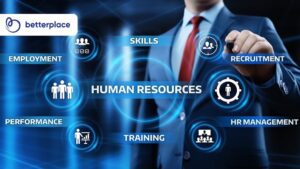 Integrated HR software solutions marked the beginning of a new age as organisations began to realise the potential for enhanced productivity. There was a constant flow of data throughout an employee’s lifespan because these solutions integrated several HR responsibilities. A thorough comprehension of an employee’s progression through the business was made possible by the integration of modules for recruitment, induction, performance management, and training. This connection not only made data-driven decisions possible, but it also increased productivity. An all-inclusive piece of software, an integrated HR system streamlines and automates a plethora of HR-related tasks. HR may consolidate their activities and better manage and track employee data with this technology.
Integrated HR software solutions marked the beginning of a new age as organisations began to realise the potential for enhanced productivity. There was a constant flow of data throughout an employee’s lifespan because these solutions integrated several HR responsibilities. A thorough comprehension of an employee’s progression through the business was made possible by the integration of modules for recruitment, induction, performance management, and training. This connection not only made data-driven decisions possible, but it also increased productivity. An all-inclusive piece of software, an integrated HR system streamlines and automates a plethora of HR-related tasks. HR may consolidate their activities and better manage and track employee data with this technology.
 The primary goal of implementing a cloud-based HR solution is to centralise data so that it can be easily accessed from any place and stored efficiently, eliminating the need for paperwork. HR cloud solutions, meanwhile, revolutionised conventional business practices. An important milestone in the evolution of HRM software was achieved with the advent of cloud computing. Human resources workers now have an unprecedented degree of mobility thanks to cloud-based solutions, which enable them to access data and carry out tasks from any place with an internet connection. To keep up with the changing needs of today’s workforce, many companies are turning to cloud-based HRM software.
The primary goal of implementing a cloud-based HR solution is to centralise data so that it can be easily accessed from any place and stored efficiently, eliminating the need for paperwork. HR cloud solutions, meanwhile, revolutionised conventional business practices. An important milestone in the evolution of HRM software was achieved with the advent of cloud computing. Human resources workers now have an unprecedented degree of mobility thanks to cloud-based solutions, which enable them to access data and carry out tasks from any place with an internet connection. To keep up with the changing needs of today’s workforce, many companies are turning to cloud-based HRM software.
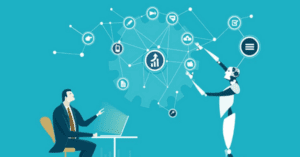 Incorporating AI has greatly improved HRM software recently, allowing it to do intelligent decision-making and predictive analytics. In order to provide HR strategy with priceless insights, AI algorithms do thorough data analyses to identify patterns, predict future trends, and more. The use of AI in HRM software has revolutionised several HR operations, such as the prediction of employees’ engagement and the procurement of candidates, ultimately leading to an improved experience for employees. By automatically nurturing possible hiring and notifying individuals when they apply for a vacant position, AI can help managers ramp up the pace. AI can also speed up the process of filling unfilled positions, including temporary ones.
Incorporating AI has greatly improved HRM software recently, allowing it to do intelligent decision-making and predictive analytics. In order to provide HR strategy with priceless insights, AI algorithms do thorough data analyses to identify patterns, predict future trends, and more. The use of AI in HRM software has revolutionised several HR operations, such as the prediction of employees’ engagement and the procurement of candidates, ultimately leading to an improved experience for employees. By automatically nurturing possible hiring and notifying individuals when they apply for a vacant position, AI can help managers ramp up the pace. AI can also speed up the process of filling unfilled positions, including temporary ones.
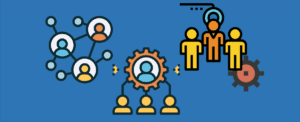
Latest versions of HRM software heavily incorporate automation. In HR, tedious, repetitive tasks like data entry, compliance monitoring, and payroll processing have been mechanised so that professionals can focus on more strategic pursuits. In addition to improving efficiency, this also reduces the chance of errors, which guarantees accurate data and compliance with regulatory standards.
Future trend
Human resources technology has evolved throughout the years, changing the way businesses handle their most important asset: their employees. The future of workforce management is sure to be altered by the collaboration between HR and technology, which will prove to be mutually advantageous as more and more companies adopt these innovations. These technologies are essential for organisations to succeed in today’s fast-paced and competitive business world because they automate operations, give useful information, and encourage a more strategic approach to HR. Last but not least, HRM software has progressed beyond digitization to become a strategic tool for businesses; it has evolved into a vital asset for organisations aiming to enhance their administration of employees.
The future is expected to bring us an even greater number of advancements, according to the projections. Among these are a greater emphasis on the health and happiness of employees, more personalised solutions for human resources, and the use of virtual reality and augmented reality to develop training environments that are more immersive. These technologies provide useful insights into employee engagement, retention, and performance in this data-driven era. Human resources experts can back up data in real time and make educated decisions. Eventually, this leads to a state of perpetual development and progress. Modern HR software that makes use of AI can foresee patterns, spot possible issues, and propose remedies long before they even happen. It revolutionises personnel management by spotting trends, predicting problems, and providing solutions before they even arise.
